
All categories
Featured selections
Trade Assurance
Buyer Central
Help Center
Get the app
Become a supplier

(1041 products available)

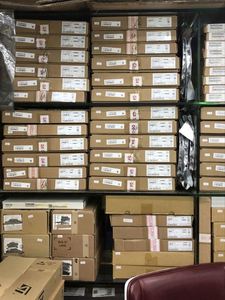






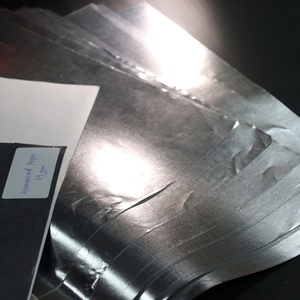
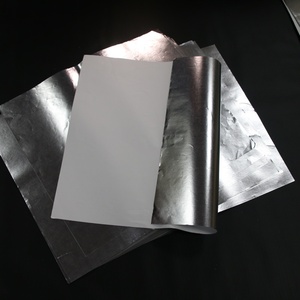













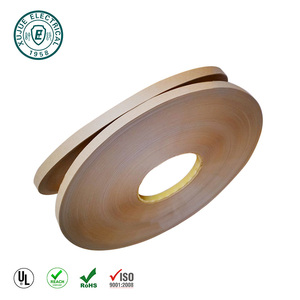










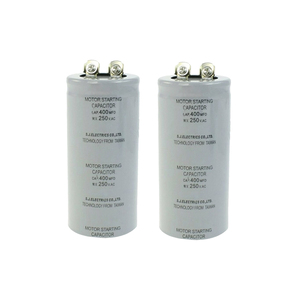








- These capacitors are designed to operate at standard power frequency and Line-Line voltage ratings, usually up to 0.5 kV. They consist of one capacitor element, which provides basic insulation for low voltage applications, often used for non-critical power factor correction.
- The single capacitor section has a distinctive feature – it remains isolated from any other capacitor sections or components within the unit. This design means that each section has its own set of terminals, which are distinct and separate from one another.
- The double capacitor design integrates two dielectric elements into a single casing, with each section connected in series. This configuration effectively doubles the voltage rating while maintaining the same capacitance value as a single section.
- Such designs are essential in applications where higher voltage ratings are required but still within the capacity of a single sectional capacitor. The additional dielectric layer provides extra insulation, ensuring reliable performance even in more demanding voltage environments.
- Multisection capacitors, like the previous double-section, connect multiple elements in series. However, these devices include more than two sections. Connecting several dielectric elements allows the final assembly to support much higher voltage levels while retaining the capacitance value of a single element.
- These capacitors are for complex settings where one unit must function at various phase voltages within a three- or five-phase system. Each section can be tuned to different capacitance values, thus enabling custom voltage distribution among the phases.
- Multi-section capacitors are important in large-scale industrial systems requiring synchronization across many voltage levels.
- Paper oil capacitors are widely used in utility-based industries because of their reliable performance and long lifespan characteristics. Electrical utilities depend on these capacitors for power factor correction and the safe retention of electrical energy.
- Utilities often install these capacitors on the poles of overhead power lines. By doing this, utilities are then capable of improving energy efficiency. Additionally, they also prevent energy waste and reduces the energy lost during transmission across long distances.
- Paper-oil capacitors are also used in substation transformers, where high voltage directly interfaces with low voltage. Here, they act as a safety barrier and energy storage devices.
- Paper oil capacitors are still used in industrial plants, given their high reliability. In these environments, the capacitors are mainly used for motor starting, which requires a large initial amount of electrical energy to get the motor running.
- They also correct power factor, especially when large inductive loads like electric motors are in use. When inductive loads are present in a plant, they cause the current and voltage out of sync. This situation is not ideal because it results in energy wastage.
- The operational impact of these effects can be substantial, causing inefficiencies and potential system instability. Paper-oil capacitors provide an effective remedy, allowing the current and voltage to be in sync.
- Commercial facilities such as office complexes and retail outlets rely on paper-oil capacitors for similar electrical power management purposes as industrial plants. The most common paper-oil capacitor size ranges from 2-20 microfarads.
- Commercial buildings, which load electrical panels at 240-480V, frequently found end-user applications, depend on these capacitor types to maintain optimal power factor levels.
- They are also used to help reduce energy costs. A power factor close to one means that commercial facilities experience less energy wastage, resulting in great cost savings on energy bills.
- Paper in oil capacitors have important roles in telecommunications, particularly in providing the necessary voltage levels for DC circuits to function effectively. These capacitors are often installed in telephone companies and cellular towers.
- For telecommunication companies that utilize DC voltage in their systems, paper oil capacitors function as voltage-dividing transformers. They divide the high voltage AC into low voltage DC.
- They also serve as temporary energy storage within the systems to ensure that even momentary power interruptions don't affect the operation of communications equipment.
- Given the critical nature of their applications, paper-oil capacitors are suited for long-term reliability in telecommunication systems.
- The end cap of a paper oil capacitor is crucial for its durability and performance. It is made of thick steel. The main function of the end cap is to protect the internal components of the capacitor and maintain the system's structural integrity.
- In the manufacturing of paper-oil capacitors, splash-proof end caps are used. Splash-proof end caps have a lip that creates a seal against moisture and other potential contaminants. By preventing these substances from entering the capacitor, the end cap plays a key role in maintaining the operational efficiency of the unit.
- The terminals in a paper oil capacitor must also be corrosion resistant since they are typically found in tanks filled with oil. Thus, manufacturers make the terminals in capacitors from nickel-plated steel or stainless steel. Both materials have great corrosion resistance.
- The choice between stainless steel and nickel-plated steel for terminal construction depends on the environmental conditions surrounding the capacitor installation. If the capacitor will be exposed to harsh environmental elements, stainless steel is a better choice. It won't corrode, so it will be very easy to maintain. Also, it has a longer lifespan.
- On the other hand, if the oil capacitors are in more controlled environments, cost-saving configurations like nickel-plated terminals can be suitable, given that they offer reliable electrical connections at a more affordable price.
- Many paper oil capacitor manufacturers ensure the outer enclosure or housing is designed to withstand extreme weather conditions. This property means that the enclosure can resist a wide range of temperatures without compromising the performance of the capacitor components.
- Additionally, this housing is typically manufactured with moisture-resistant materials to prevent internal moisture damage or electrical shorting. The positive aspect of these rugged housing is that, even though they are designed to provide additional protection for the capacitor, they also increase installation complexity.
- This increased difficulty comes about because the sturdy housings can be heavier and bulkier, making transportation and installation harder than for substation capacitors with simpler designs.
- The capacitance value of a capacitor is one of the most important deciding factors. Capacitance value refers to the amount of electrical energy a capacitor can store and release within a short period.
- So, the higher the capacitance value, the higher the amount of energy it can store and thrice amp supply. Vice versa for low capacitance values. They can only discharge low energy.
- Therefore, buyers should consider the project requirements and the operational needs to determine the ideal capacitance value. For instance, if it is a high-energy demand application, such as high-performance gaming or video-editing systems, go for capacitors with a high capacitance value.
- However, if the application is in low-energy demand devices like remote controls or small electronic gadgets, going for capacitors with low capacitance value is better.
- When selecting paper-oil capacitors, buyers have to ensure they operate within the ideal temperature range and voltage ratings. Every capacitor is manufactured to withstand a particular voltage and temperature range.
- Going beyond these limits can damage the capacitor or cause it to malfunction. So ensure to check the voltage and temperature ratings don't exceed these limits of the operating environment.
- Paper oil capacitors are constructed from different materials, each possessing unique advantages. So, consider the materials they are made of when buying them.
- The dielectric layer is made of pure cellulose paper. It provides effective insulation as well as excellent energy storage capabilities. On the other hand, the oil used is not ordinary oil. It's mineral oil that acts like a cooling system for the capacitor.
- The oil also ensures that the dielectric layer is continuously insulated. Additionally, other manufacturers use metal foils for the electrodes to improve the capacitor's electrical conductivity and mechanical stability.
- Advanced types of paper-oil capacitors also incorporate metallized plastic films. These films not only increase energy density but also add self-healing capability. This property allows the capacitor to repair itself after minor dielectric breakdown and shorting.
A1. Yes, paper oil capacitors are very reliable. They even perform better when working under higher voltage levels and in harsh operating conditions. They have a robust design that allows them to be used in wide-ranging applications.
A2. The average lifespan of paper-oil capacitors is from 30 to 50 years. A critical factor that contributes to this longevity is the quality of the insulating oil used. Among the oils, mineral oil provides excellent cooling and insulation.
A3. Although paper-oil capacitors are relatively maintenance-free, periodic visual inspections are essential to ensure long-lasting performance. Check for any external signs of oil leakage, corrosion, or physical damage.
A4. Yes, paper oil capacitors can be used sequentially or in parallel with other capacitors. They are even frequently incorporated into hybrid systems with other capacitor types. Each capacitor type, in this case, complements the others.
A5. What people like most about paper-oil capacitors is their long lifespan, low maintenance requirement, and ability to operate reliably even in extreme weather conditions. In addition, its environmentally friendly oil filling makes it a sustainable choice.